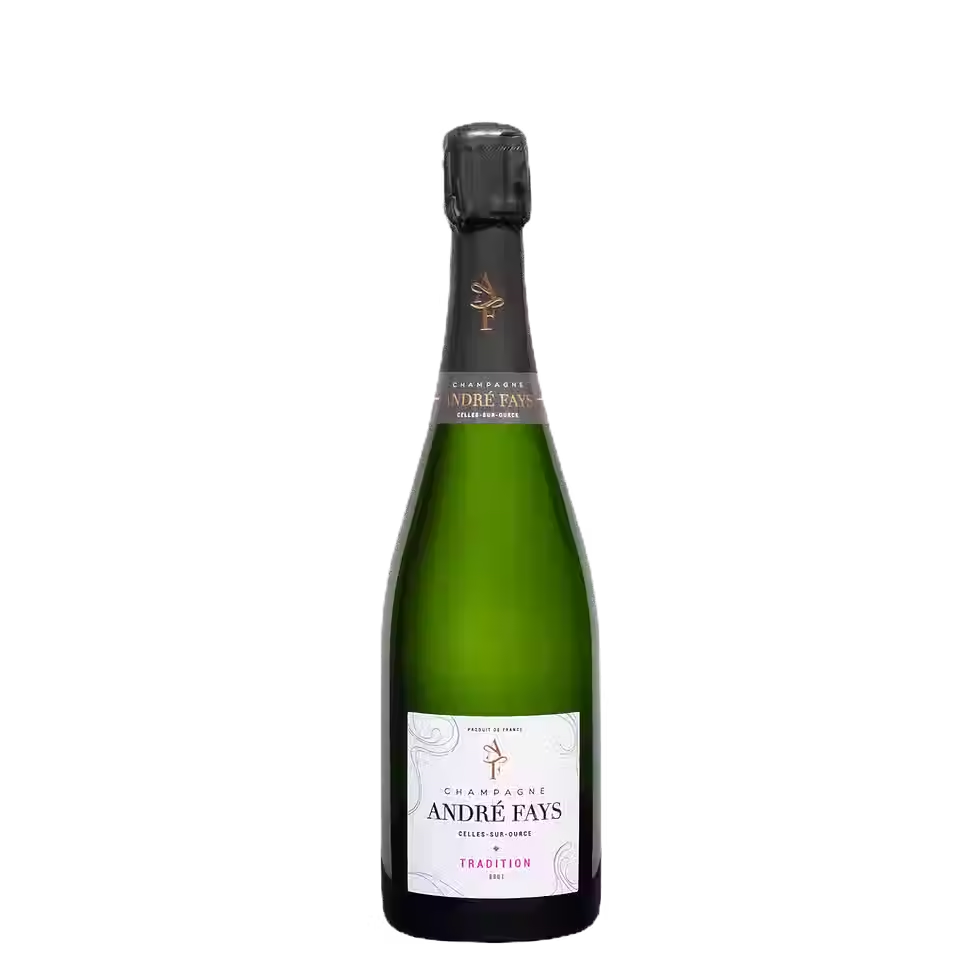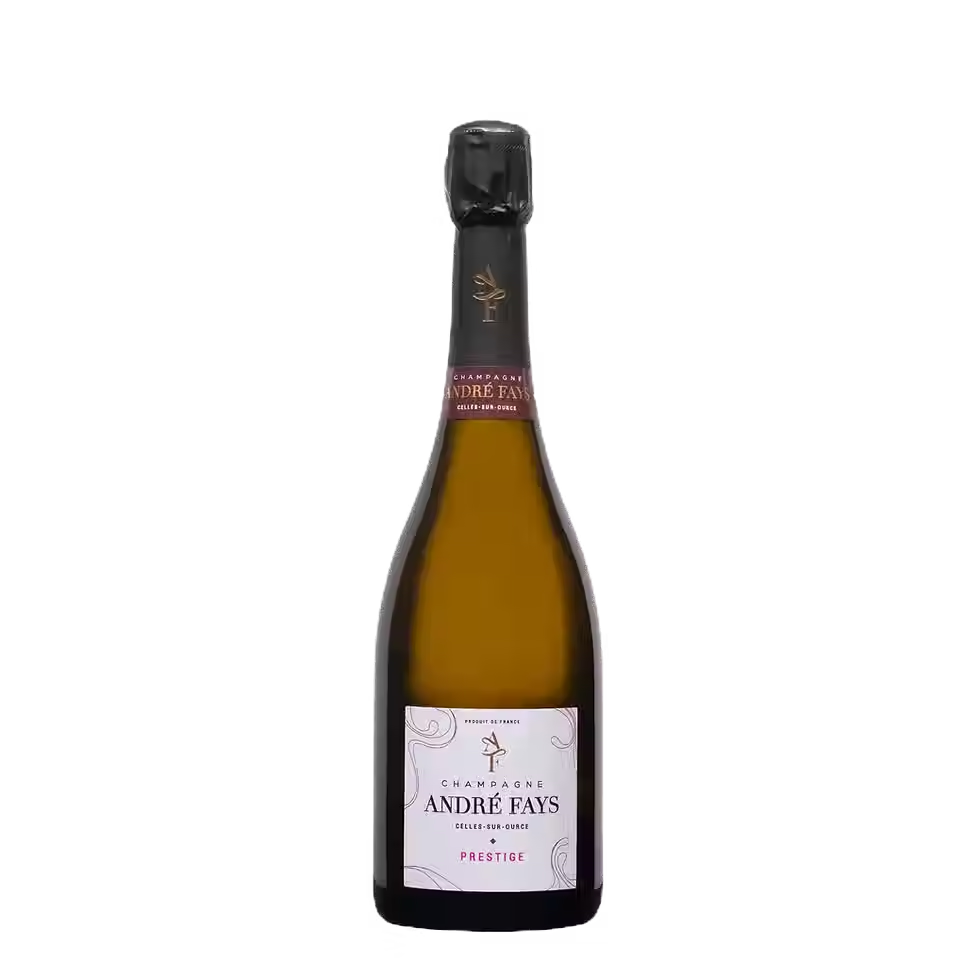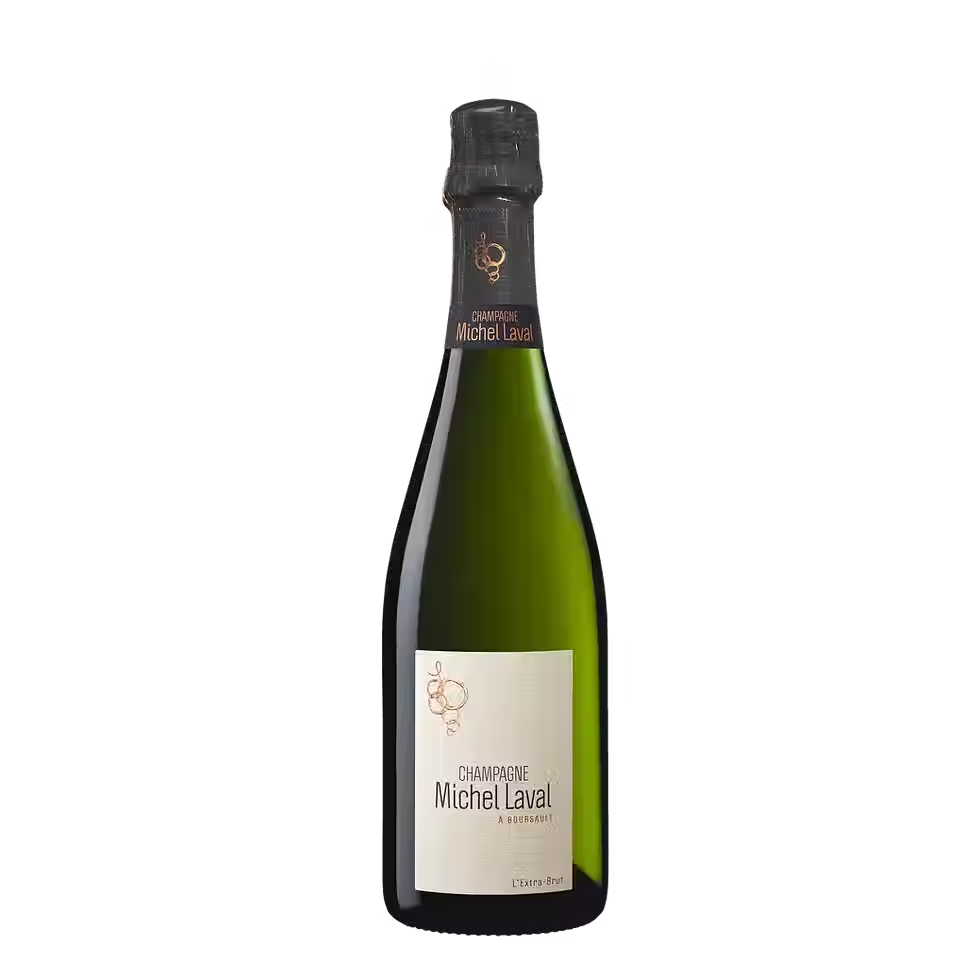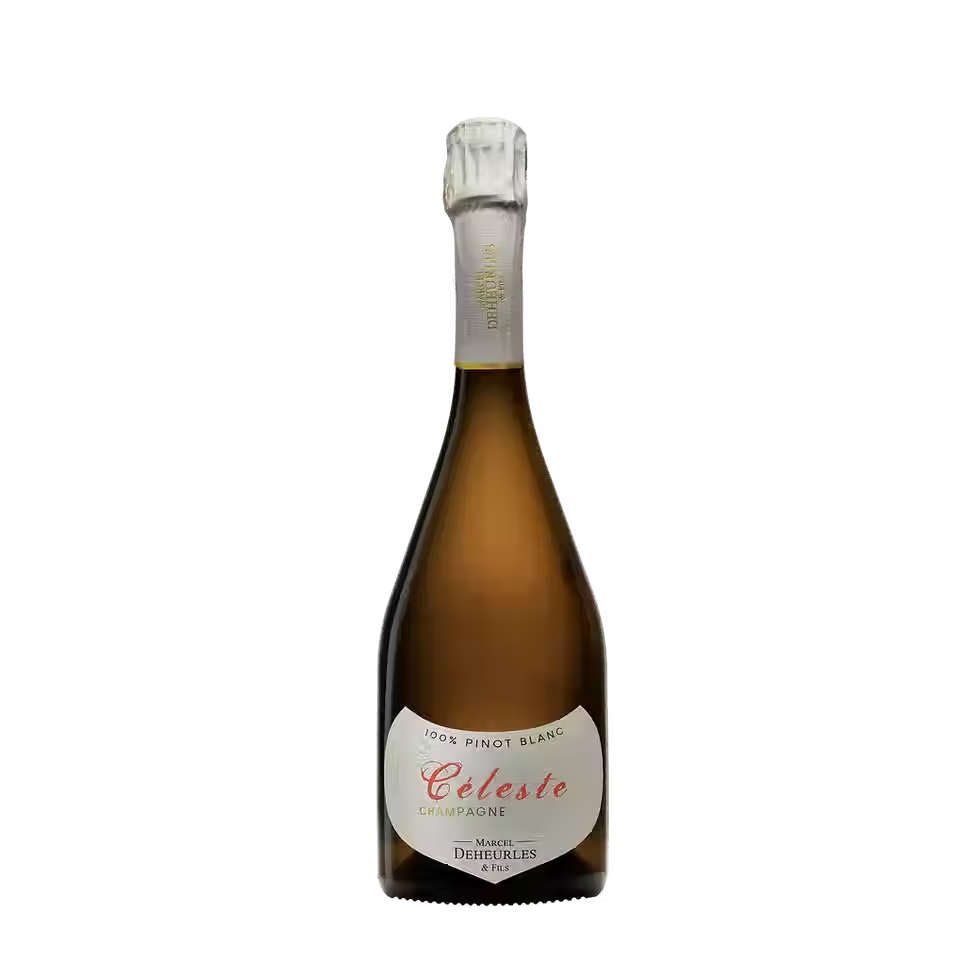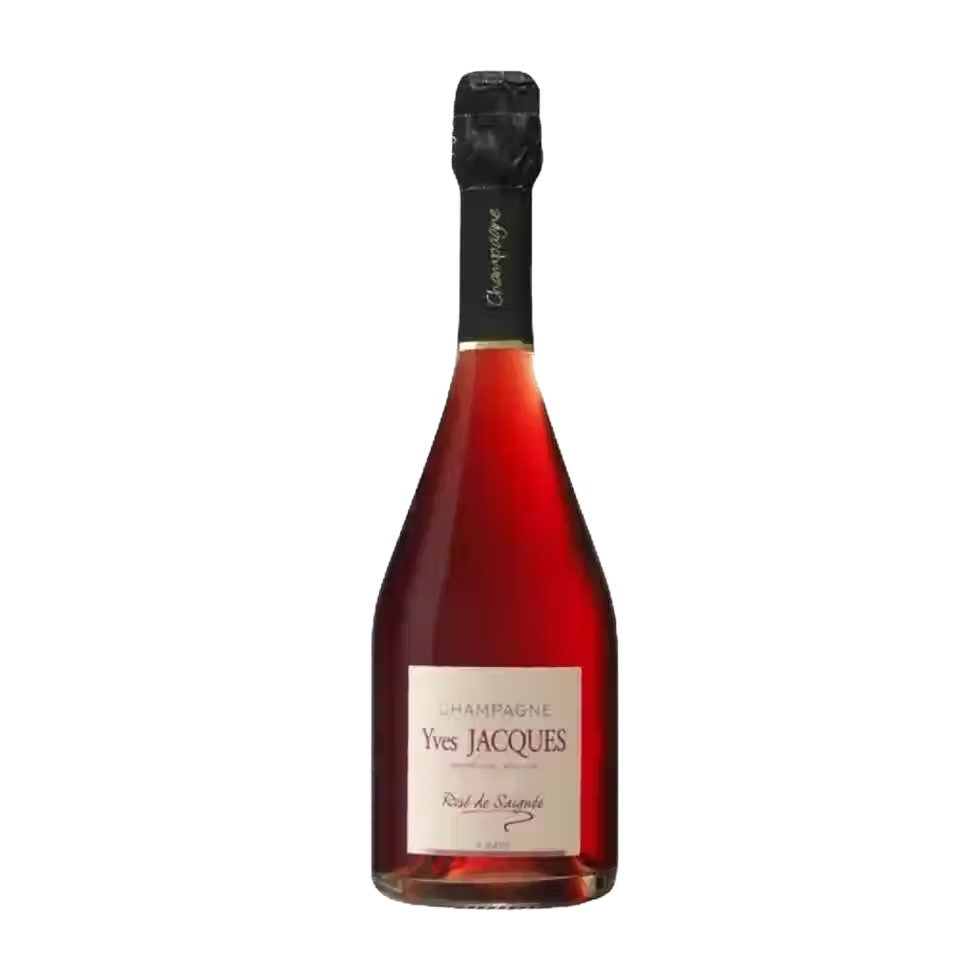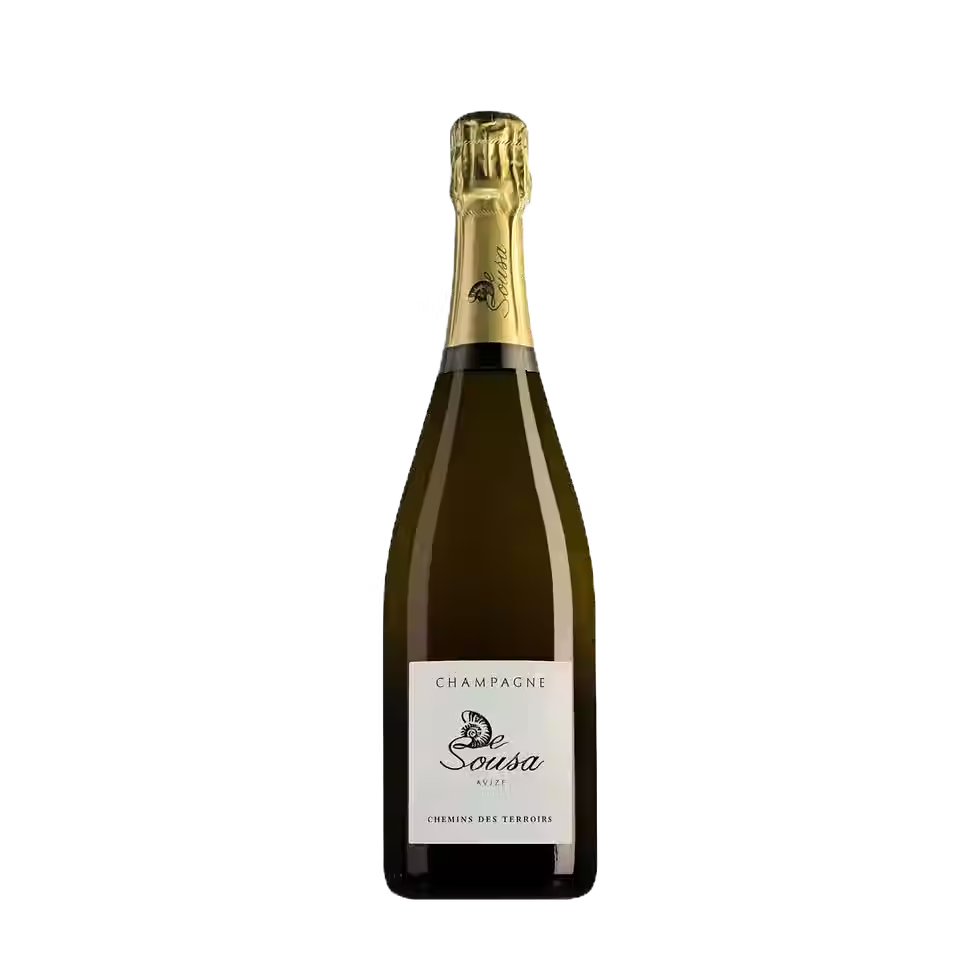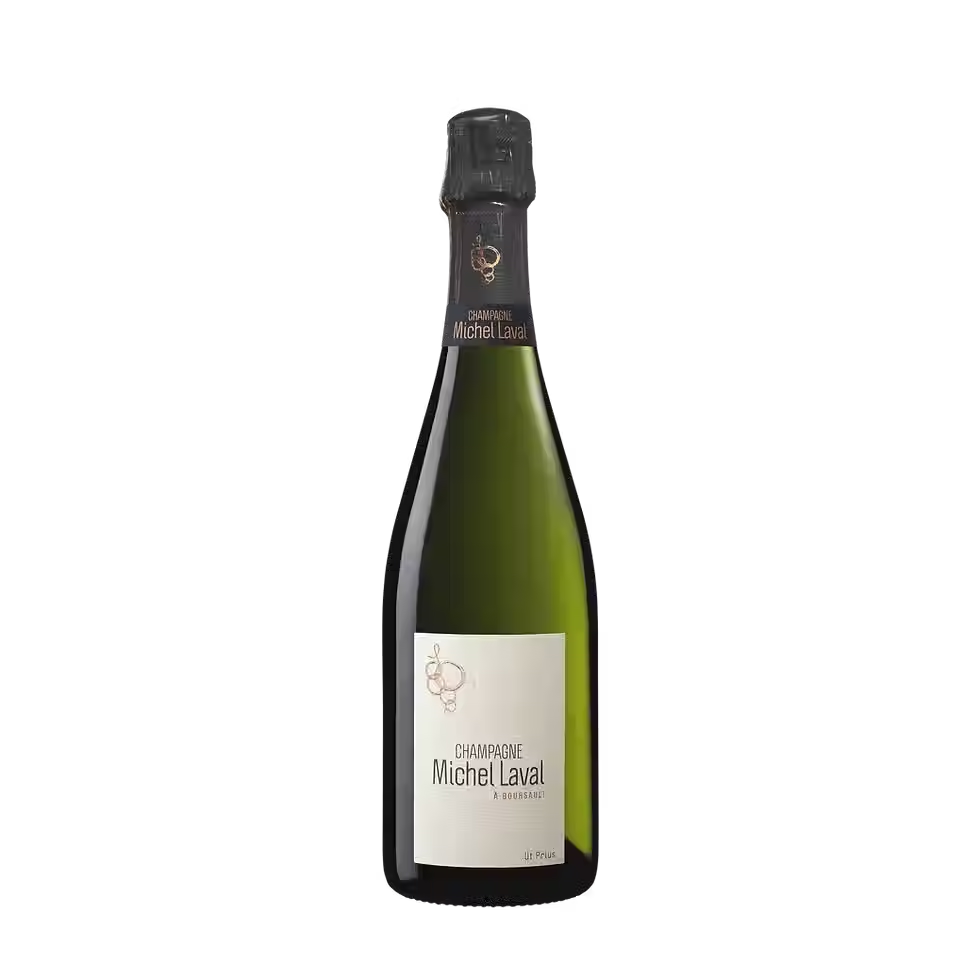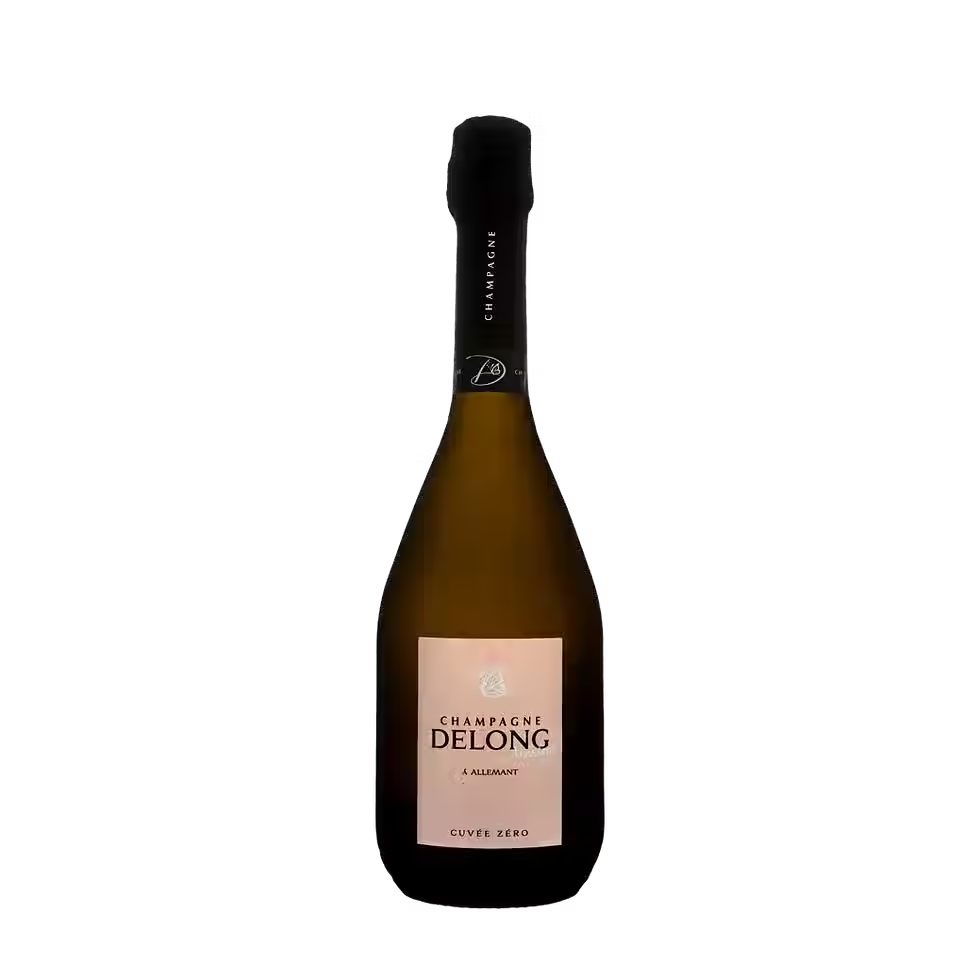Sip Back in Time: Champagne's ancient grapes
- cecile-w
- Jan 10, 2024
- 2 min read
Updated: Jul 20

Chardonnay, Pinot Noir, and Pinot Meunier cover about 99% of the vineyards in Champagne. Most people think these three grapes are the only ones allowed in Champagne. However, the region is also home to four ancient grape varieties. These lesser-known grapes, each with its own unique characteristics and stories, offer a glimpse into Champagne's past. Let's talk about them.
Ancient Grapes of Champagne
Ancient grapes, also known as heritage or heirloom grapes, are traditional grape varieties that have been historically cultivated. Often overshadowed by more commercially viable varieties, they have become less common over the years and now represent less than 1% of all grapes grown in the Champagne region. The main reasons for their decline are that they are often characterized by lower yields, susceptible to diseases, or have specific soil and climate requirements.
These factors can make them more challenging and less profitable to cultivate compared to more resilient and productive grape varieties. However, their legacy continues to shape the identity and character of Champagne's viticultural landscape. These varieties play a vital role in preserving biodiversity and showcasing regional diversity. They also each bring their own distinct qualities to the wines.
Sip Back In Time
Arbanne: One of Champagne's rarest grapes, Arbanne is known for its low yields and delicate flavors. Often prized for its ability to add finesse and aromatic complexity to blends, Arbanne is a testament to Champagne's commitment to preserving its unique heritage.
Petit Meslier: Another rare grape variety, Petit Meslier, is coveted for its high acidity and distinctive citrus notes. While its plantings are limited, Petit Meslier continues to captivate winemakers seeking to explore the lesser-known facets of Champagne's terroir.
Pinot Blanc Vrai (Pinot Blanc): Different from the Pinot Blanc found in other regions, Pinot Blanc Vrai in Champagne offers a unique expression of the grape, with subtle aromatics and refreshing acidity. Its inclusion in Champagne blends can contribute to a harmonious balance and nuanced flavor profile.
Pinot Gris (Fromenteau): Although less common in Champagne today, Pinot Gris, also known as Fromenteau, was recognized for its rich texture and aromatic intensity.
Preserving the Legacy
While the dominant grape varieties will most likely continue to shape the modern landscape of Champagne, there is a growing appreciation for the region's heirloom grapes and their role in preserving its viticultural heritage. Efforts are underway to revive and protect these rare varieties, ensuring that their legacy continues to inspire future generations of winemakers.
Craving a taste of ancient grape? Discover Céleste, our exclusive 100% Pinot Blanc champagnes from Côte des Bar!



















